In the last TLG Email we discussed preparing for fundraising by analyzing the data in your donor database:
1-Major Donors: Develop a list of your most generous donors: $500-and-above; $1,000-and- above.
2-Loyal Donors: Develop a list of the donors who have given annually for three years (or multiple times within a year).
These two groups of donors are the most important in your database. If you were to complete a full data base analysis, it would show that they make up the majority of individual giving dollars in a year. Communicating with these two groups regularly and differently will ensure an increase in giving down the road. While working from home, you may want to communicate with donors in four different ways:
Call major donors to ask how they are doing during this crisis and to let them know what the organization is doing. They want to know what is happening. You may ask Board members to help make these phone calls. It is helpful to write out a script and give the Board member some details on the individual they will be calling. Also, the donor may not answer the phone, so give the Board member a two sentence voice mail message with a telephone number of the board member or a staff member preferably the ED or CEO. Do not ask for money.
Send an email, asking how the donor is doing and give an update on how your organization is responding to the crisis. Be sure to include a telephone number and person to contact in case the donor wants to discuss further. Keep the email short and as positive as possible.
Send a hand-written note (Board members can help with this, too) to ask how the donor and family are doing and give a sentence or two about the organization. Include a telephone number and a contact name. Phone calls may be ignored and/or emails deleted, but hand written notes will be read. These personal notes provide powerful connections.
Consider a Zoom meeting with a group of donors! This is an opportunity to provide information with photos, have a discussion and answer questions. This is not like meeting in-person but it makes direct contact and provides 2-way communication. This is a chance to verbally provide more information and a great opportunity to say “you are important to our organization”.
We know that communicating with donors at a personal level works. It takes time, planning and energy. If you have questions regarding these methods of communications or any related fundraising questions, feel free to contact us.
